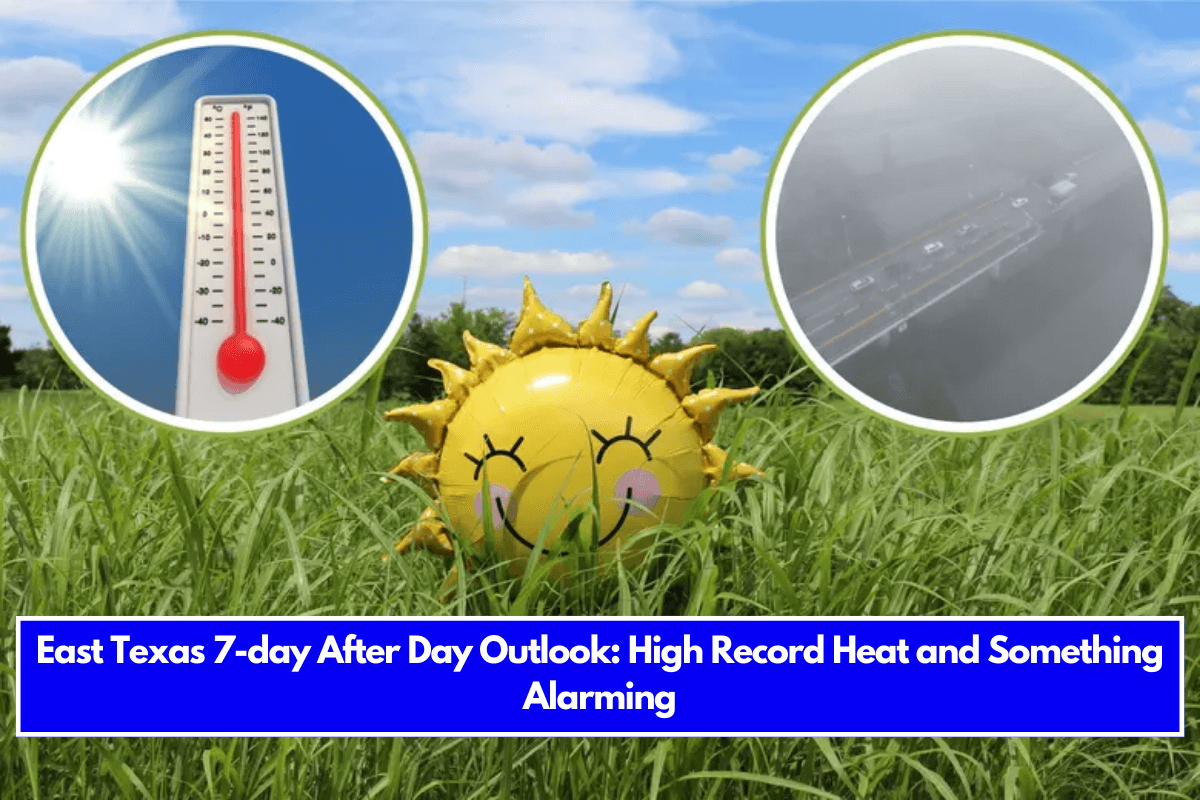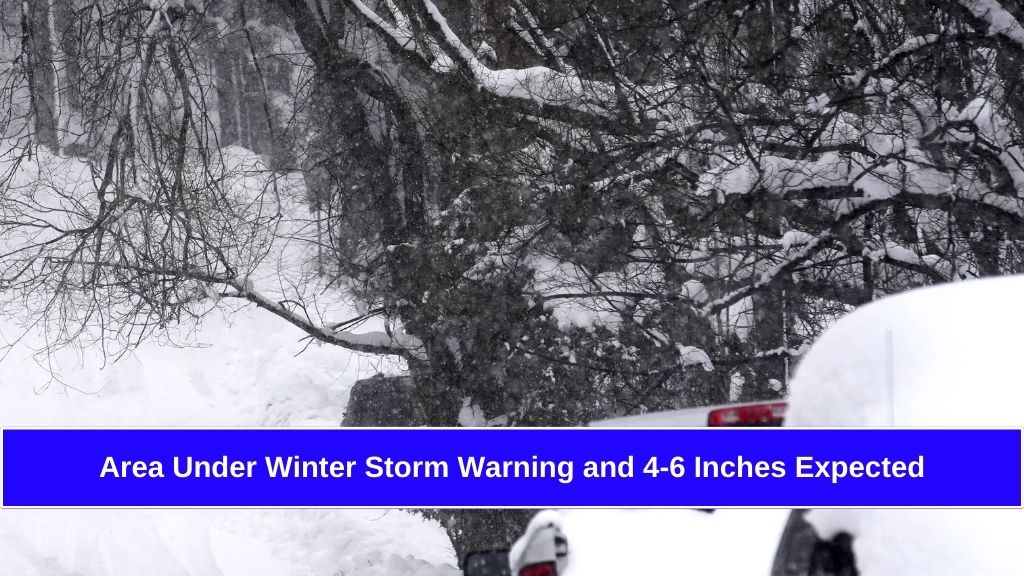As we step into February, East Texas is gearing up for a mix of unusual weather patterns and a look back at some of the region’s most memorable earthquakes. From record-breaking heat and dense fog to seismic surprises, here’s everything you need to know to stay informed and prepared.
🌡️ Get Ready for Record-Breaking Heat
Spring may officially begin on March 20, but if the weather has its way, it feels like spring has arrived early in East Texas. Despite Punxsutawney Phil’s prediction of six more weeks of winter, it seems Mother Nature has other plans—at least for the first week of February.
What to Expect:
- High temperatures: Ranging from the upper 70s to low 80s
- 15-20°F above normal: This could lead to record-setting or record-tying temperatures from Texarkana to Houston
- Increased humidity: Expect that familiar “sweaty concrete” effect, especially on patios and driveways during the nights
While you might be tempted to put away your hoodies, remember that East Texas weather can change quickly, often flipping from record heat to surprise cold snaps in just a few days.
🌫️ Dense Fog Alert for Southeast Texas
Just weeks after heavy snow created travel headaches along the I-10 corridor and the Upper Texas Coast, another hazardous travel situation is developing—this time, it’s not snow but dense fog.
Foggy Conditions to Watch For:
- Areas affected: From Galveston to communities near Trinity Bay
- When: Fog could start forming Monday night and may linger until the weekend
- Temperature differences:
- Houston Metro: Highs in the 80s
- Galveston & coastal areas: Highs stuck in the 60s
This sharp temperature contrast will trigger dense fog, reducing visibility and making driving conditions dangerous.
🚗 Travel Safety Tips:
- Allow extra time for your morning commute
- Keep headlights on at all times, even during the day
- Drive slowly and maintain a safe distance from other vehicles
🌧️ When Will It Rain Again?
No rain is expected through next weekend, but a cold front might arrive around February 9, bringing temperatures back to seasonal norms. Keep an eye out for weather updates as this front approaches—it could shift quickly.
⚡ The Strongest Earthquakes in East Texas History
While earthquakes aren’t as common in East Texas as in other parts of the world, the region has experienced its fair share of seismic surprises. Here’s a look at some of the strongest earthquakes that have shaken East Texas and nearby areas.
📍 Notable Earthquakes in East Texas:
- Caddo Lake (1811–1812)
- Magnitude: Estimated 8.0+ (New Madrid, Missouri earthquakes)
- Impact: Strong tremors felt across East Texas. Legends suggest the quakes helped form or deepen Caddo Lake.
- Gladewater (March 19, 1957)
- Magnitude: 4.7
- Impact: Broken windows reported across East Texas, including in Elkhart and Nacogdoches.
- Hemphill (April 28, 1964)
- Magnitude: 4.4
- Impact: Cracked walls in the Sabine County region with aftershocks continuing for months.
- Timpson (May 17, 2012)
- Magnitude: 4.8 (strongest in recent East Texas history)
- Impact: Minor damage and one injury reported in Timpson, with multiple aftershocks following.
- Rusk (January 8, 1891)
- Magnitude: 4.0
- Impact: Toppled chimneys and structural damage, coinciding with severe storms, leading to confusion over the true cause.
- Lake Nacogdoches (December 29, 2021)
- Magnitude: 3.1
- Impact: No damage, but widespread reports of loud noises mistaken for explosions.
- Center (June 9, 1982)
- Magnitude: 3.2
- Impact: No injuries reported.
- San Augustine (January 20, 2019)
- Magnitude: 3.2
- Impact: Recorded by seismologists, but no significant reports from the public.
⚡ Bonus Entry: Texas’ Strongest Earthquake
- Valentine, Texas (August 16, 1931)
- Magnitude: 6.0 (Texas’ strongest recorded earthquake)
- Impact: Widespread damage in the Big Bend region with only minor injuries reported.
As East Texas braces for record heat, dense fog, and unpredictable shifts in weather, it’s a good reminder that this region’s climate—and even geology—can surprise us at any time. Whether it’s preparing for a foggy morning commute or brushing up on the region’s earthquake history, staying informed helps keep you safe.
- Stay updated on weather changes through reliable sources.
- Plan ahead for travel, especially during foggy conditions.
- Remember: East Texas weather can change in the blink of an eye, so keep your jackets handy—you might need them sooner than you think!
FAQ
What is causing the record heat in East Texas?
Unseasonably warm air masses and high-pressure systems are pushing temperatures 15-20°F above normal, leading to highs in the upper 70s and low 80s.
Where will dense fog be most dangerous in East Texas?
Dense fog is expected from Galveston to communities near Trinity Bay, especially along the I-10 corridor and coastal areas, creating hazardous travel conditions.
When will the weather cool down again?
A cold front is expected around February 9, which should bring temperatures back to normal for this time of year.
What was the strongest earthquake in East Texas?
The strongest recent earthquake in East Texas was a 4.8 magnitude quake near Timpson in 2012, causing minor damage and one injury.
What’s the biggest earthquake ever recorded in Texas?
The strongest earthquake in Texas occurred near Valentine in 1931 with a magnitude of 6.0, causing significant damage in the Big Bend region.







